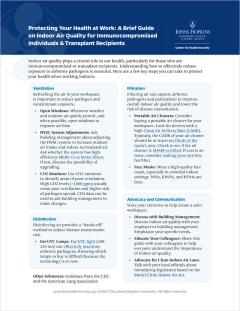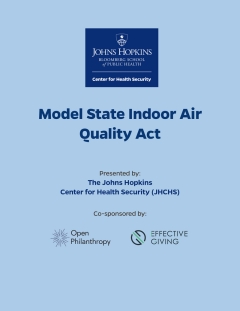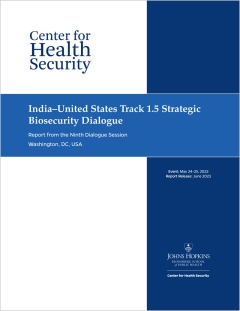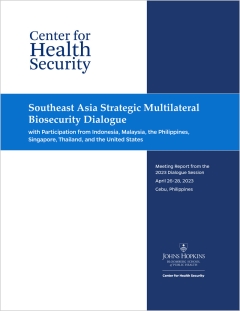The COVID-19 pandemic may serve as a prime example of a 21st century public health emergency, an event accelerated and amplified by global interconnectedness, systemic fragility, and public misinformation. However, the United States continues to address this and other threats with distinctly 20th century information tools. This must change. Health emergency preparedness for modern threats requires rapid situational awareness, achieved only through common data elements, enforced information standards, investment in innovation, expert data analysis, and private sector engagement. To protect the health and safety of Americans, we must confront these challenges now and change the narrative of our future responses.




